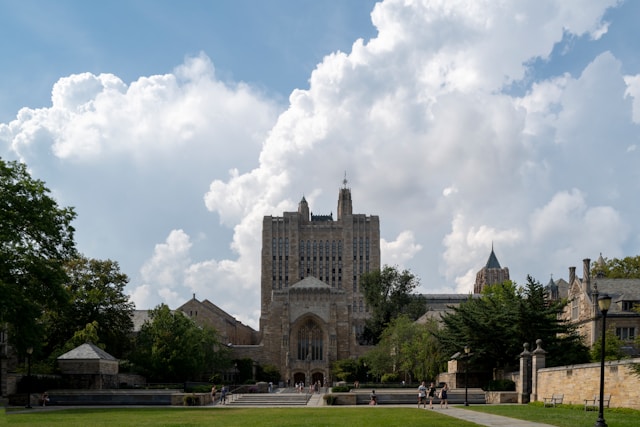# Connecticut’s Lyme Disease Rates Show Promising Trends Amid Regional Challenges
Connecticut has always been one of the nation’s Lyme disease hotspots. Even though the state is small, residents face significant risk.
Explore top-rated stays with no booking fees and instant confirmation. Your dream trip starts here!
Start Exploring Now
Over the past few years, though, things have changed. Connecticut’s Lyme disease landscape looks a bit different now, with some hopeful signs compared to nearby states.
Still, certain counties—like New London, Litchfield, and Fairfield—deal with unique challenges. Tick populations and infection rates jump around quite a bit depending on where you are.
Connecticut’s Changing Position in the Northeast Lyme Disease Landscape
Connecticut only makes up about 1% of the U.S. population, but Lyme disease has long been part of the state’s reputation. Lately, though, the story’s starting to shift.
From 2010 to 2021, the number of Lyme disease cases per 100,000 people in Connecticut dropped steadily. That’s not something you see in most of the Northeast.
Recent Case Trends Show Cautious Optimism
Yes, there were bumps in reported Lyme disease cases in 2022 and 2023. Hartford, New Haven, and other communities saw increases, but they weren’t nearly as sharp as those in neighboring states.
Since 2016, Connecticut’s Lyme disease rate has stayed below the Northeast average. Only New Jersey has managed to keep its rates lower in the region.
The Department of Public Health says Connecticut has averaged 2,718 cases a year since 1995. It’s still a serious public health issue, but the state seems to be managing it better than some neighbors.
Connecticut’s Role in the Broader Northeast Picture
The Northeast—basically all of New England, plus New York, New Jersey, and Pennsylvania—accounts for about 70% of the nation’s Lyme disease cases each year. Connecticut alone makes up roughly 9% of those cases on average.
County-Level Variations in Tick Populations and Infection Rates
There’s a lot of variation from one Connecticut county to the next. New London County stands out for having the highest density of blacklegged ticks, also known as deer ticks. These guys are the main culprits behind Lyme disease.
If you live in Waterford or nearby, it’s smart to stay alert when you’re outside. The risk is just higher there.
Litchfield County—think Torrington and New Milford—has the highest infection rate among adult female ticks. That creates a different kind of risk, especially for folks who love hiking or spending time outdoors.
Fairfield County, which includes Greenwich and Stamford, leads the state in nymph infection rates. That’s a big deal, honestly, because nymphs are:
What This Means for Connecticut Residents
Connecticut residents might feel a bit relieved that Lyme disease rates have stabilized here, especially compared to other Northeast states. Still, it’s not the time to let your guard down.
Tick density and infection rates change from county to county. That’s why it’s smart to stay tuned in to what’s happening locally and adjust your prevention habits accordingly.
If you live in Bridgeport or along the coast, don’t assume you’re off the hook—ticks really don’t care about county borders. Using repellent, checking for ticks after being outside, and removing them quickly are habits worth keeping, no matter where you are in Connecticut.
Here is the source article for this story: Lyme disease case rates are increasing faster in other NE states
Find available hotels and vacation homes instantly. No fees, best rates guaranteed!
Check Availability Now








